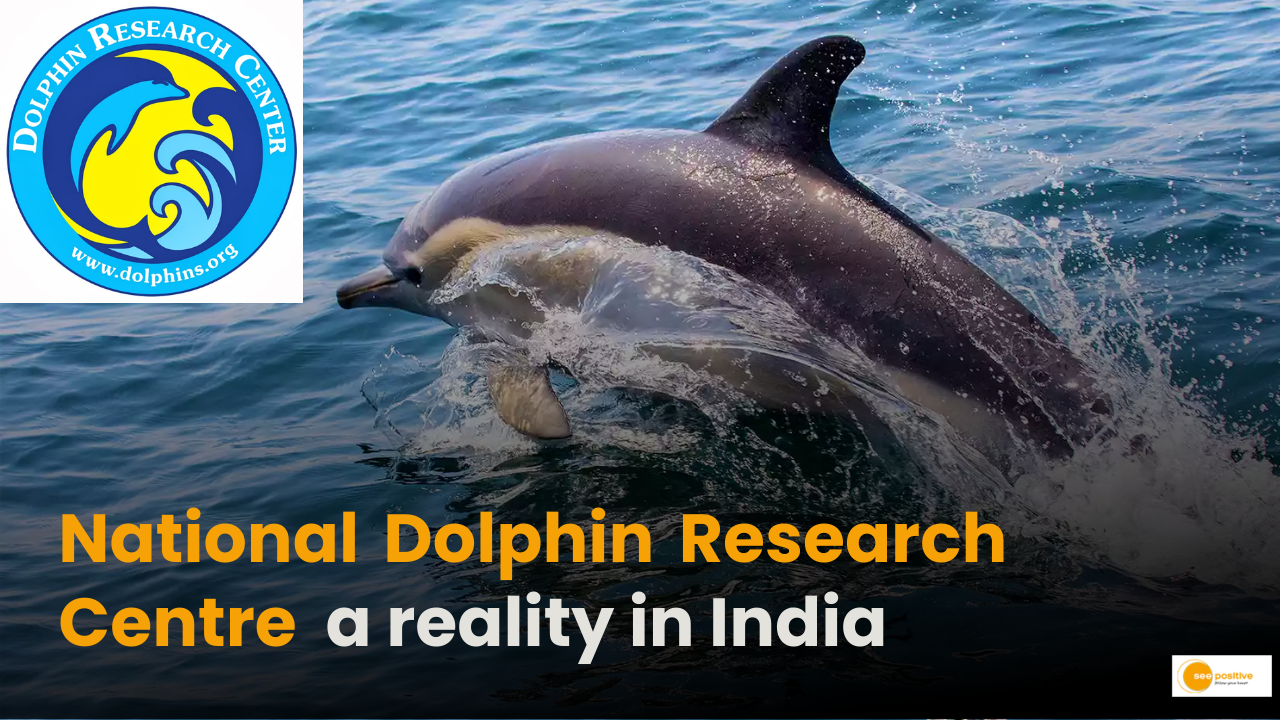India is home to many special animals, and one of them is the Gangetic river dolphin. These freshwater mammals live in rivers like the Ganges, Brahmaputra, and Meghna in India, Bangladesh, and Nepal. Sadly, their numbers have been going down because of problems like habitat damage, pollution, and human activities. To help save them, India has set up its first National Dolphin Research Center (NDRC) in Patna, Bihar.
The Long Journey to Make It Happen:
The NDRC idea has been around for more than ten years, but it faced many delays. Let’s look at how this important project finally happened:
In 2011, Gangetic river dolphin expert RK Sinha proposed the idea. Montek Singh Ahulwalia, the deputy chairman of the Planning Commission back then, visited the Ganga and liked seeing dolphins. He approved the plan in mid-2011.
Even after the initial approval, the project faced problems with bureaucracy and administration, slowing things down. The state government had to deal with issues like getting land, environmental approvals, and funding.
In 2020, Bihar Chief Minister Nitish Kumar started the construction by laying the foundation stone for the NDRC. Though funds were approved, more delays came because of rules against building within 200 meters of the Ganga.
Finally, after overcoming all these challenges, the NDRC became a reality. It is located near the Ganga river in Patna, covering a 4,400 square meter area at Patna University. Chief Wildlife Warden PK Gupta said the NDRC wants to be a great place for Gangetic dolphin research. Scientists will study various things like behavior, survival skills, food habits, and causes of death.
Training for Fishermen:
The NDRC is not just for research; it also helps in conservation. Fishermen will learn how to protect dolphins during their fishing activities. By involving local communities, the NDRC wants to make people aware and feel responsible for these endangered creatures.
Strategic Location:
The NDRC’s closeness to the Ganga is great for researchers. They can observe dolphins in their natural homes, which is crucial for effective conservation plans. Knowing their behavior and what they need to survive helps in making better strategies to protect them.
The Big Impact:
Conservation Impact: Bihar used to be home to half of the world’s river dolphin population, but now they are in danger because of pollution, losing their homes, and water diversion. The NDRC’s research will help in smart conservation efforts, making sure these special dolphins survive.
Strengthening Ongoing Conservation: Gopal Sharma, a senior scientist at the Zoological Survey of India, praised the NDRC. It doesn’t just add to our scientific knowledge; it also makes existing dolphin protection efforts stronger.
A Symbol of Hope: The NDRC is a symbol of hope for the Gangetic river dolphin. As India’s national aquatic animal, these dolphins deserve our attention and protection.
Positive takeaway
The opening of National Dolphin Research Center is a big deal for India’s promise to protect wildlife. By learning about and keeping the Gangetic river dolphin safe, we get closer to preserving our natural heritage for many generations.


